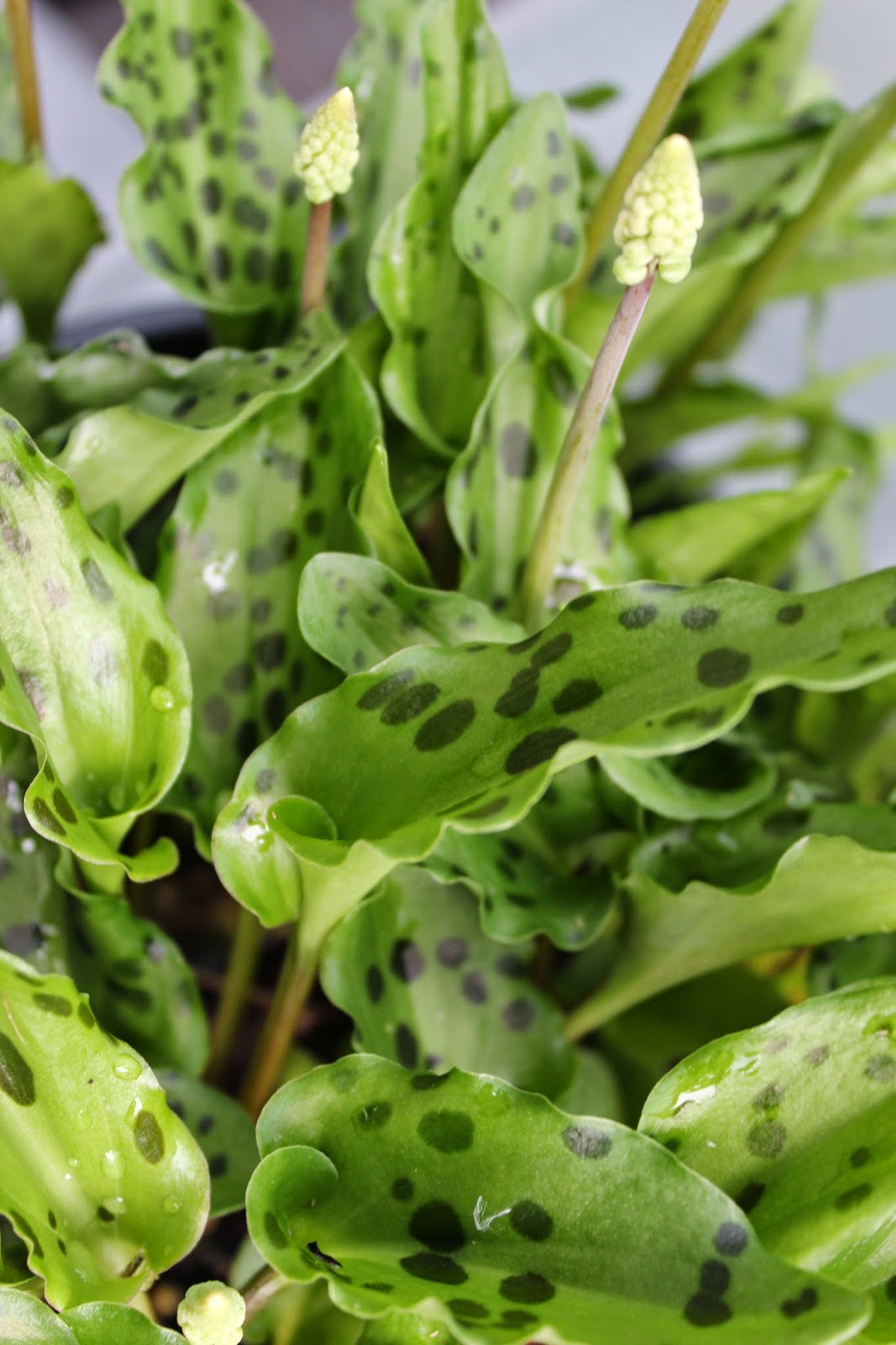Hibiscus boryanus (Malvaceae)
Native to the Mascarene Islands of Mauritius, La Reunion and Rodrigues this tall shrub is an endangered and protected plant as it succumbs to habitat loss from the invasion of weed species such as Hiptage benghalensis, a plant on the 100 'Global Invasive Species' list.
I bought this Hibiscus earlier in the year from the Growing Friends Nursery at the Royal Botanic Gardens in Sydney and it has just started to flower. Flowers can be red or orange and this one looks like a combination of the two. The common names for it are fairly awful and make no sense to me as to their meaning : Le foulsapate marron or 'brown foulsapate'
and 'bastard mahot'. While the common name for Hibiscus on the islands is 'mandrinette', this is normally associated with other species such as H. liliflorus and H. fragilis.
Much of the plant conservation work associated with this and other plants is carried out by the organisation 'Conservatoire Botanique National de Mascarin'





















































